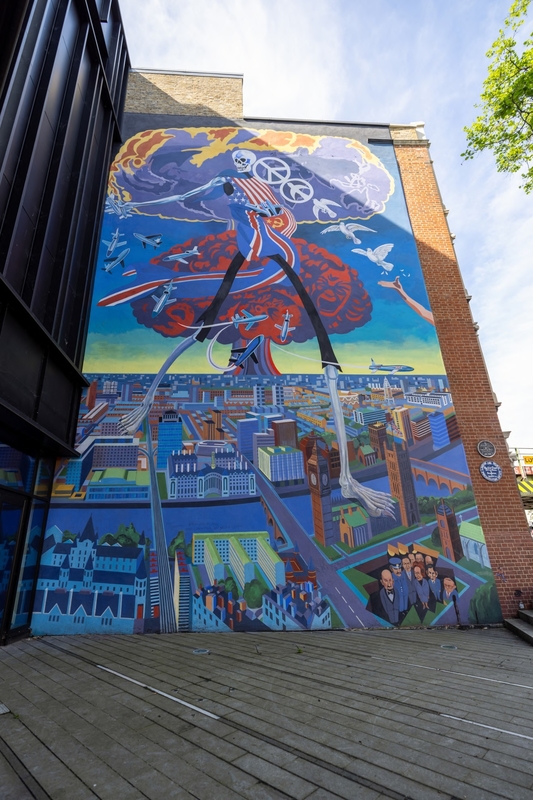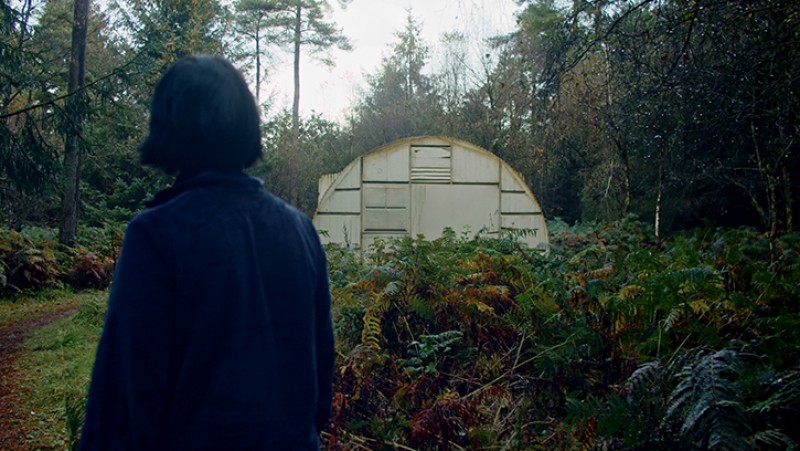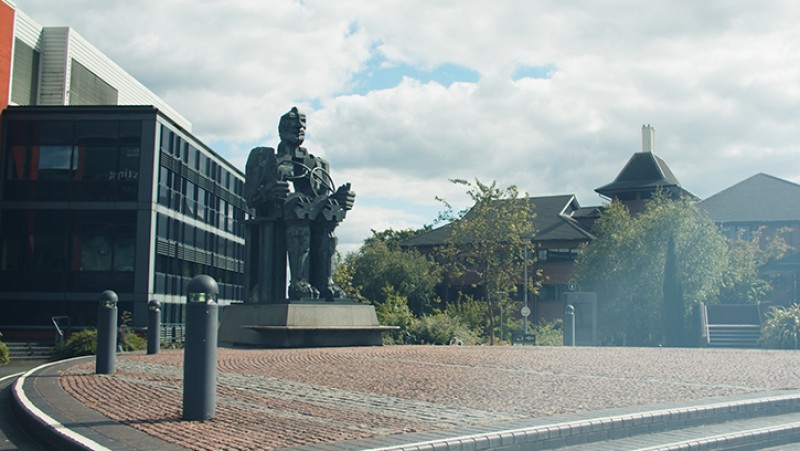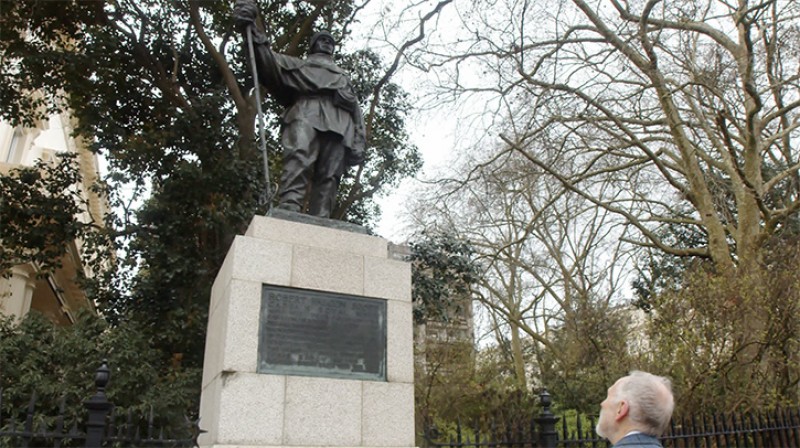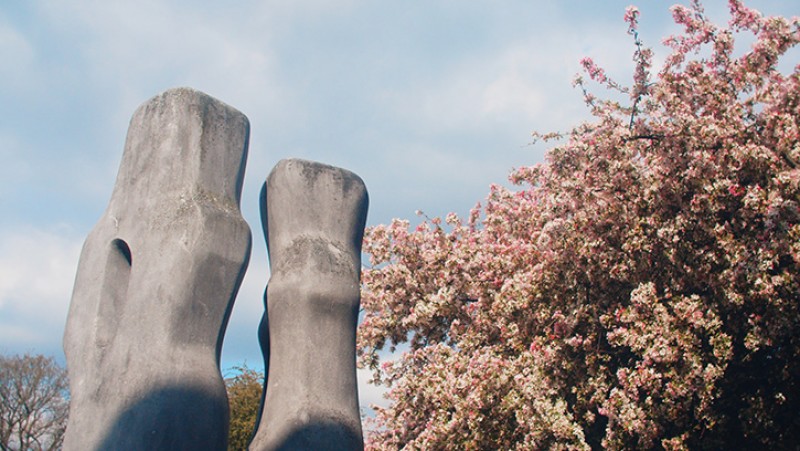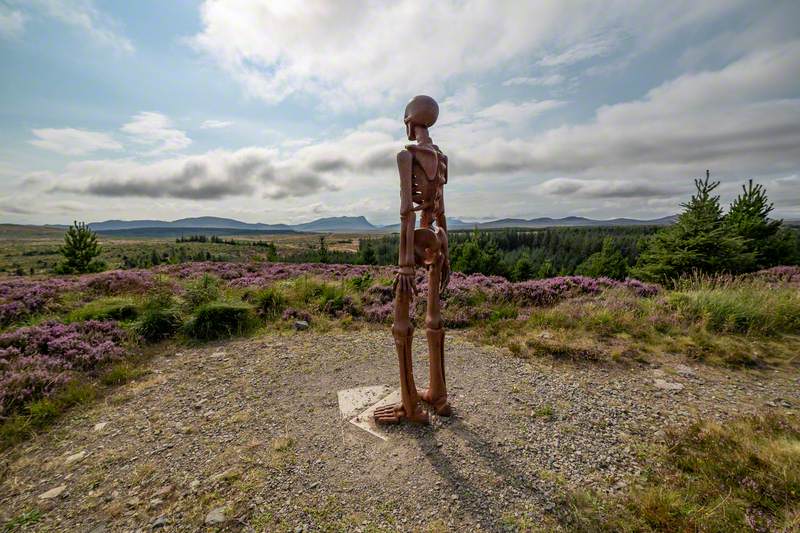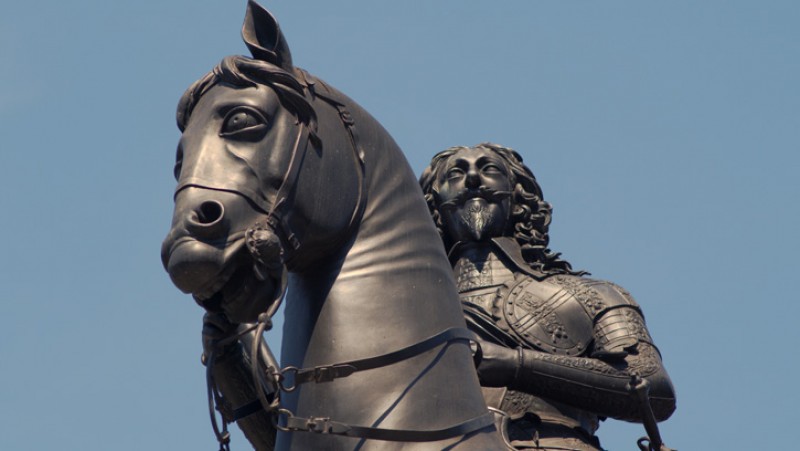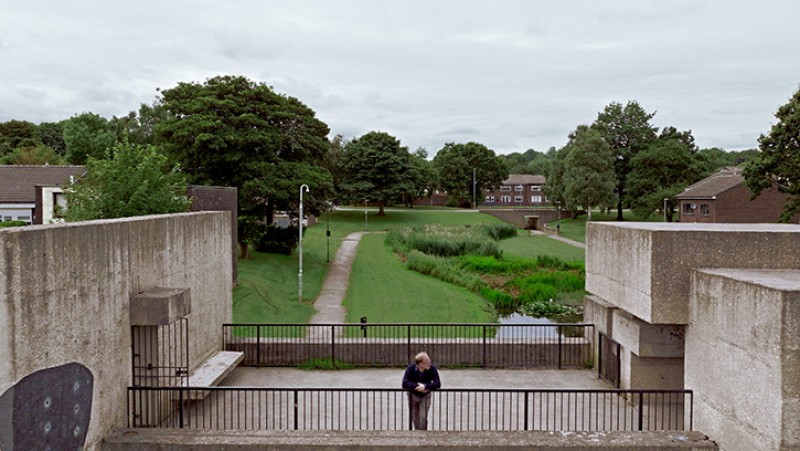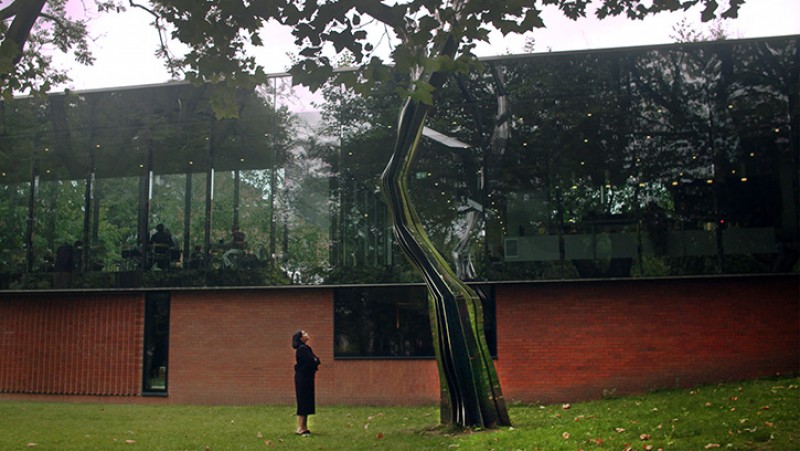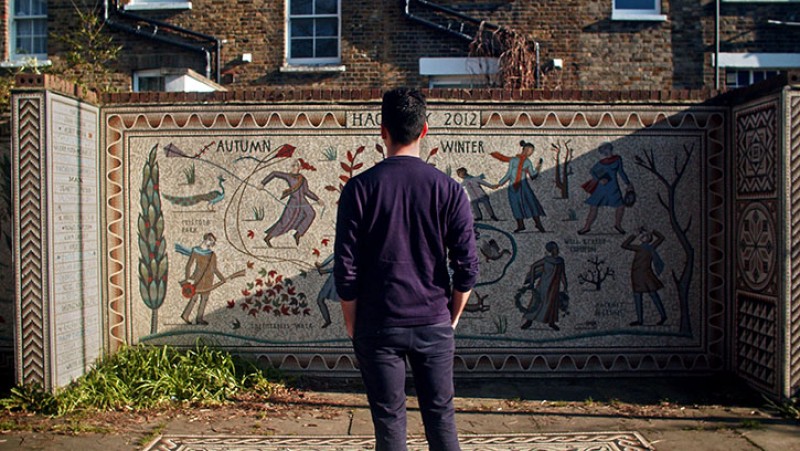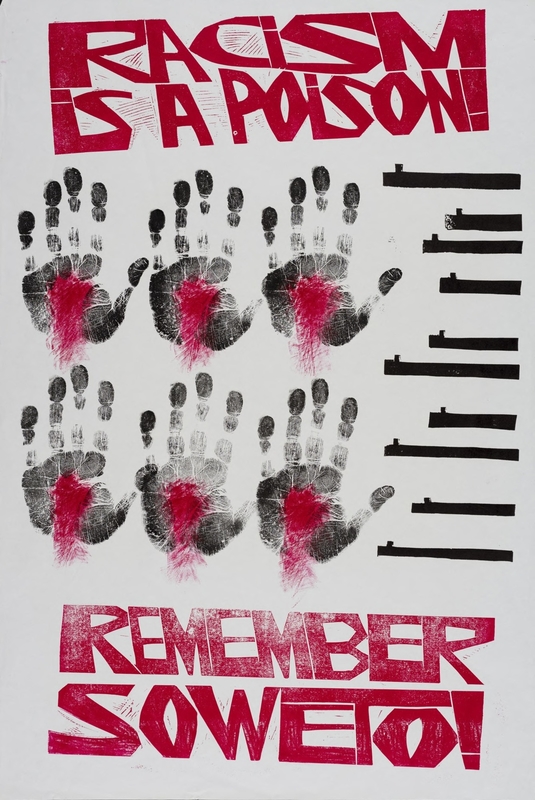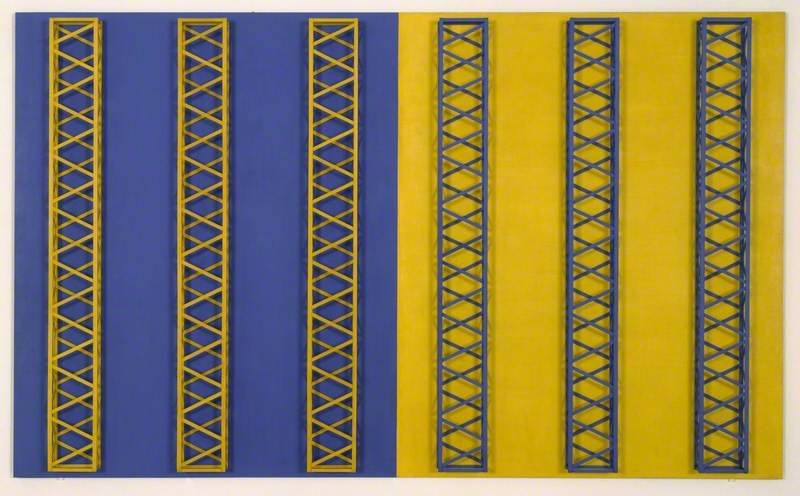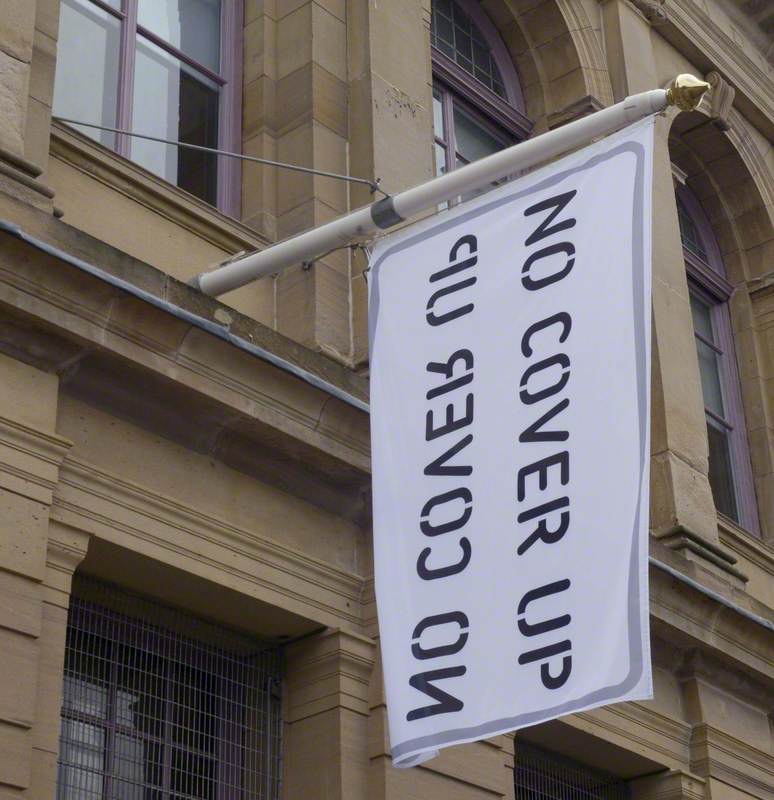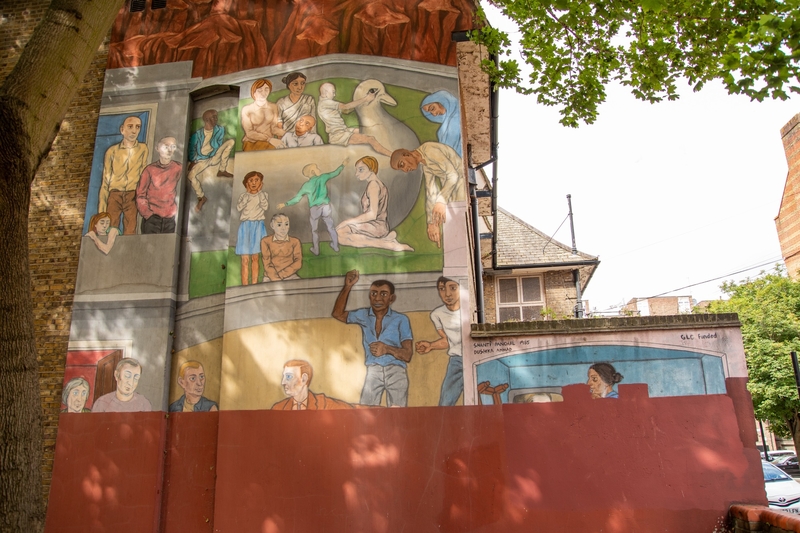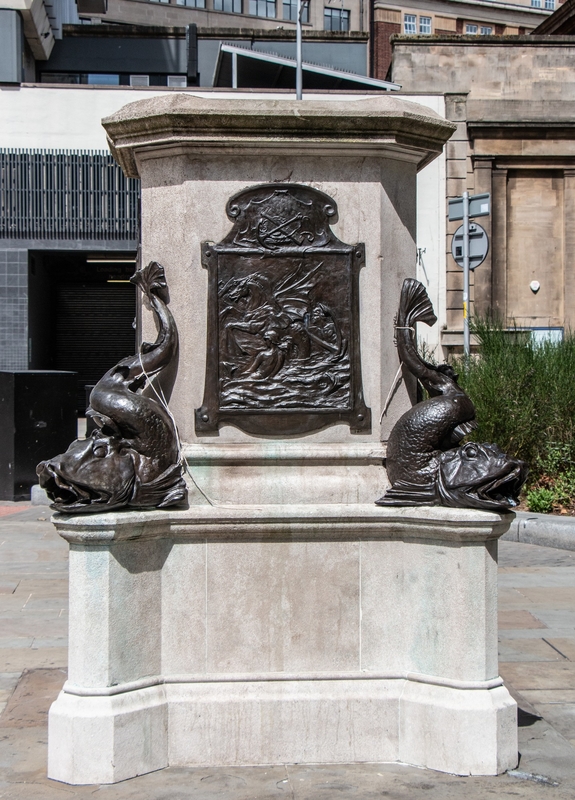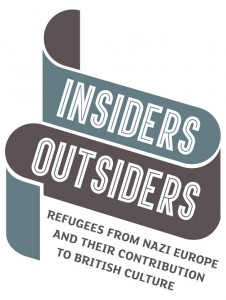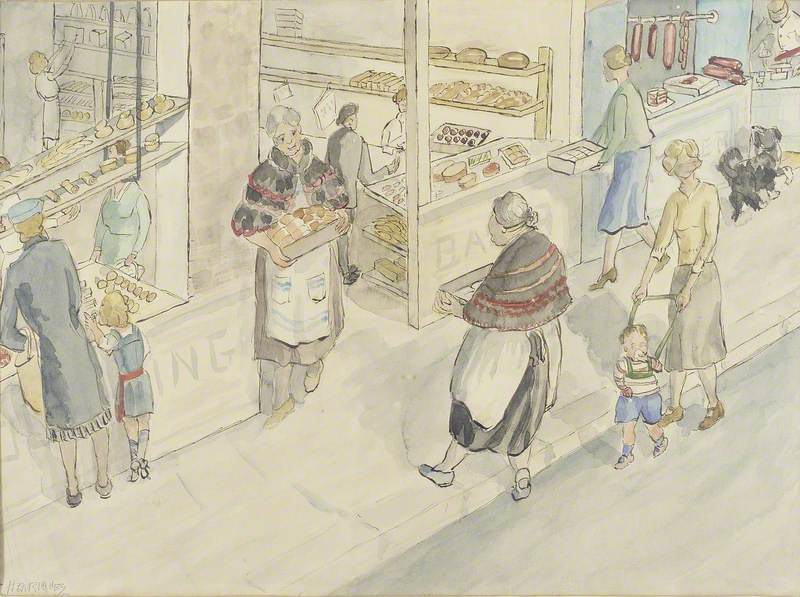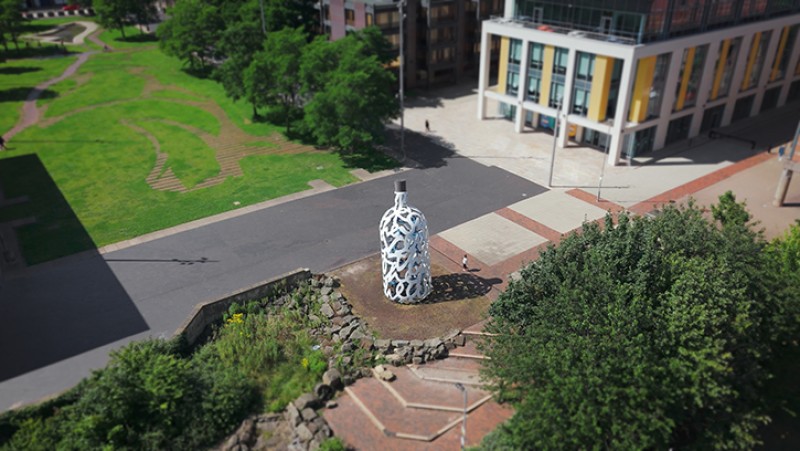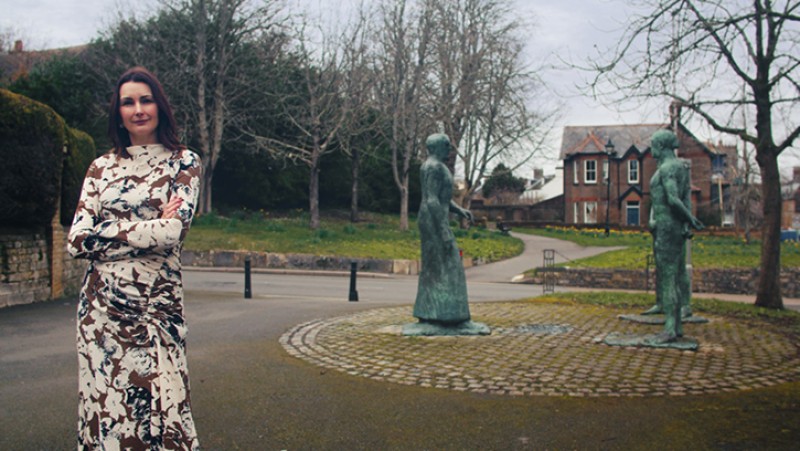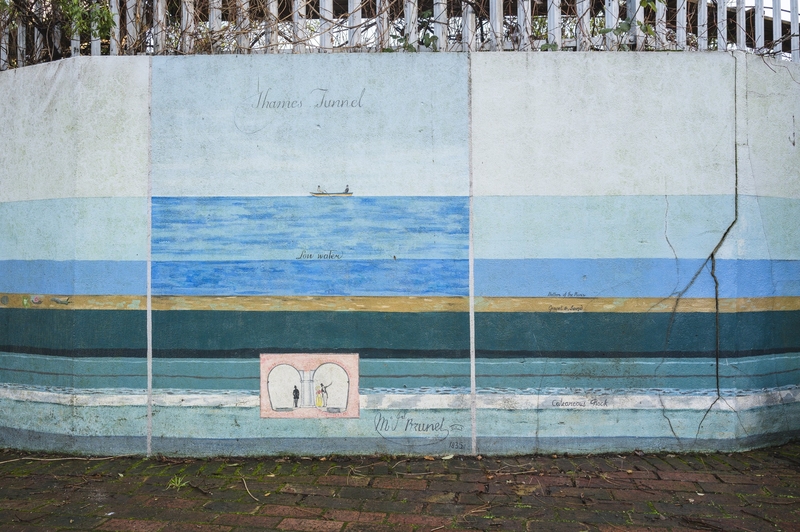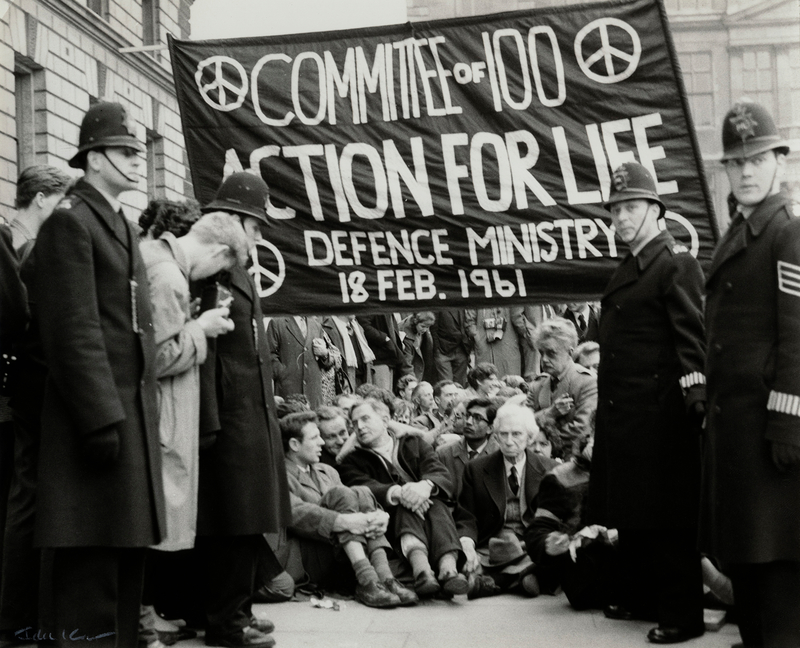The Cable Street Mural is a stunning and monumental piece of public art in East London, commemorating 1936's Battle of Cable Street: a historic moment when local residents, trade unionists and anti-fascists came together to block a fascist march.
Positioned on the Grade II listed St George's Town Hall in East London, the monumental mural is considered one of the most important examples of anti-fascist action in the UK. It is also one of the last remaining examples of the community mural movement.
Still from HENI Talks' film on the Cable Street Mural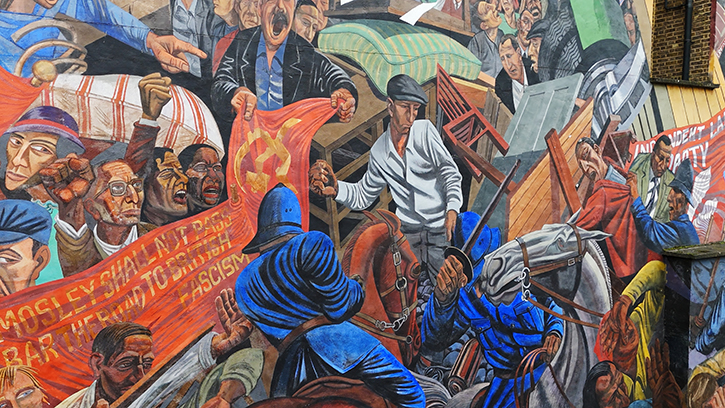
At a moment in which fascist powers were ascending over Europe, 250,000 East Londoners took to the streets to stop a planned march organised by Oswald Mosley, leader of the British Union of Fascists. Mosley's marches were blocked by people from the Jewish community, communists, trade unionists, labour party members and Irish dockers. The protestors forced the fascists out of the East End.
Battle of Cable Street
1976–1983
David Savage (1948–2019) and Paul Butler (b.1947) and Ray Walker (1945–1984) and Desmond Rochfort 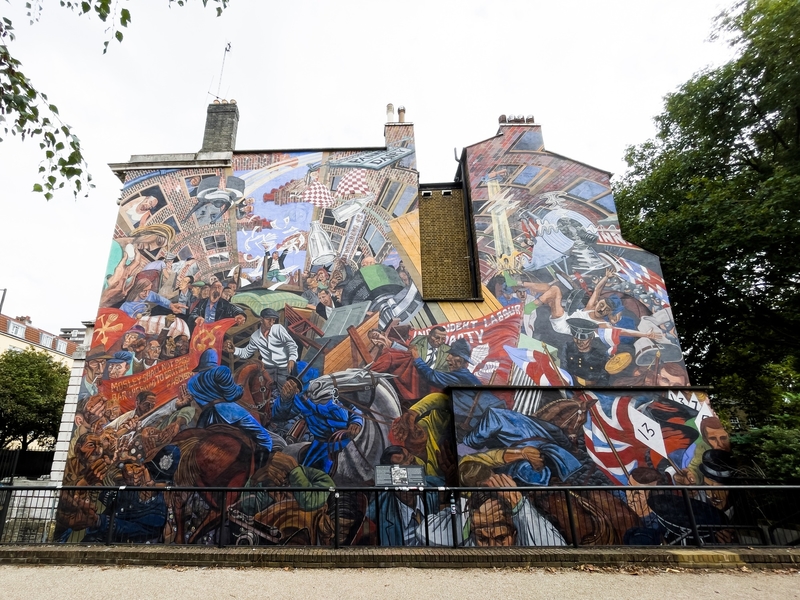
Commissioned soon after the 40th anniversary of the battle, the mural was the collective work of several artists. David Billington worked on it for years before it was vandalised and almost destroyed by right-wing nationalists. But Butler, Rockford and Walker continued working collaboratively for another year to complete it.
Battle of Cable Street
1976–1983
David Savage (1948–2019) and Paul Butler (b.1947) and Ray Walker (1945–1984) and Desmond Rochfort 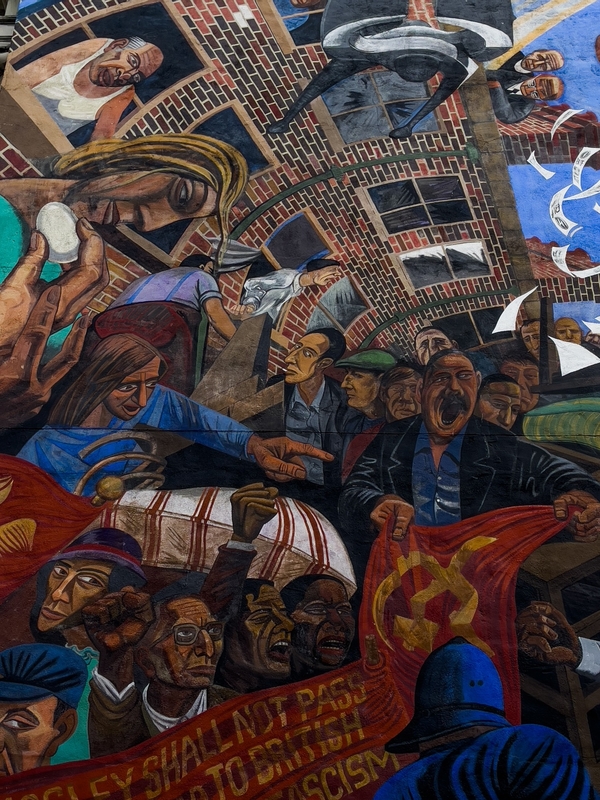
The fisheye lens the painting uses forces us to enter into the heart of the battle. Like Philip Guston's work Bombardment, painted in 1937, the painting uses a 'fisheye lens' viewpoint: a dramatic technique that makes us enter the work and thus forces us to choose a side. The artists were also hugely influenced by Mexican muralism, particularly the work of Diego Rivera, and Goya's haunting The 3rd of May 1808.
Two other key murals of this era still survive: the Hackney Peace Carnival Mural in Dalston and Nuclear Dawn in Brixton.
Rather than a nostalgic reminder, the Cable Street Mural is a monument to political engagement and community solidarity, relevant still today: public murals are a form of art that can create real social and political awareness and change.
Dr Rafael Schacter, anthropologist and curator
Subscribe to the HENI Talks YouTube channel to be the first to know about new film releases
